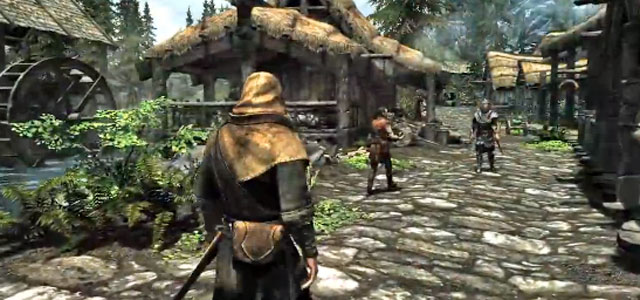
Educators typically think of using digital and video games as the actual learning tool, but one teacher is using video games for something else entirely -- as a replacement for the textbook.
Jeff Mummert, a social studies teacher and department chair at Hershey High School in Pennsylvania, uses games in his class to get students thinking critically about the subject matter the games address, even if they're completely imaginary, he said. Game designers put a lot of time and thought into developing aesthetically appealing games that they think will draw players into an imaginary world. Mummert says his interest in games in the classroom focuses entirely on asking students to think critically about the game in the same way they would analyze a text or work of art.
Since many of his students already play video games at home, Mummert prefers to use those games as discussion points. In one assignment, for example, he asked students to critique the characters in World of Warcraft after watching a YouTube trailer for the game. In it, there's only one “human” race that's represented by a European male in Western clothing. The “orc” character sails in on a ship with overtly Middle Eastern overtones and promptly attacks the “human” character.
"It seems like harmless fun, but if you get your students thinking critically about it, it’s really something else,” Mummert said. He asks his students to think about the stereotypes portrayed in the game and to dig into deeper questions like, is the game racist? Do stereotypes hurt men? “Sometimes people want to play games to make them feel comfortable with issues they already have about perceptions of race and ethnicity,” Mummert said.

